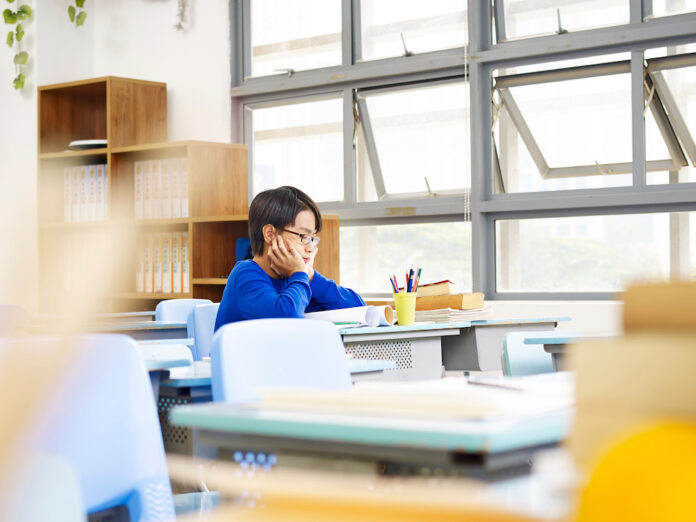The declining enrollment now being experienced across the public education system cannot all be blamed on students switching to private schools and homeschooling or on the shrinking of the school-age population, according to “Where the Kids Went,” a new report from the Urban Institute, a nonprofit research institution.
Enrollment in public schools fell by more than 1.2 million students during the first two years of the pandemic, with the steepest losses hitting early elementary grades and kindergarten. In the 2021–22 school year, homeschool enrollment surged by 30% in states from which data was available while private schools grew by 4%, with the latter seeing the biggest gains in the earliest grades.
Homeschool growth was staggering in New York (65%), Pennsylvania (53%), and Florida (43%).
During the same period, the nation’s overall school-age population shrank by more than 250,000 students. The location of the remaining students and the pattern of states gaining and losing children matched the changes in the total population, wrote the study’s author, Thomas S. Dee, a professor at Stanford University’s Graduate School of Education. “More than a third of the loss in public school enrollment cannot be explained by corresponding gains in private school and homeschool enrollment and by demographic change,” he found.
In California, for example, enrollment in public schools dropped by about 271,000 students between the 2019–20 and 2021–22 school years. But about half of that decrease—approximately 150,000 students—cannot be attributed to private and homeschool growth or population declines, Dee’s analysis uncovered.
He offers three potential explanations for these large and unexplained losses, all of which have implications for how children recover academically from the pandemic. The first two, for which there is scant data, are an increase in truancy and in the number of home-school students who have not registered with the appropriate authorities.
More from DA: Active shooter hoaxes derail dozens more schools in latest nationwide swatting scare
The third factor appears to be that more families are skipping kindergarten. In nine states that require students to attend kindergarten, homeschooling and private school growth accounted for all but 3% of the public school deficit. In 13 states where kindergarten is not mandated, that figure is nearly 40%.
That also shows that skipping kindergarten surged meaningfully during the pandemic in states where it is permitted, Dee wrote.
The consequences have financial and academic implications across the education system. District leaders now grappling with reduced funding due to enrollment declines are likely to see those financial challenges deepen. Population shifts and spikes in nonpublic school enrollment may also be evidence of increasing racial, ethnic, and socioeconomic segregation.
Finally, the shifts to homeschooling and private schools may raise concerns about the quality of the learning environments children are now experiencing, “The quality of the homeschool education children have received since the onset of the pandemic is an open question and an important one, given that this large-scale shift to homeschooling occurred unexpectedly and under some duress,” Dee concluded.










